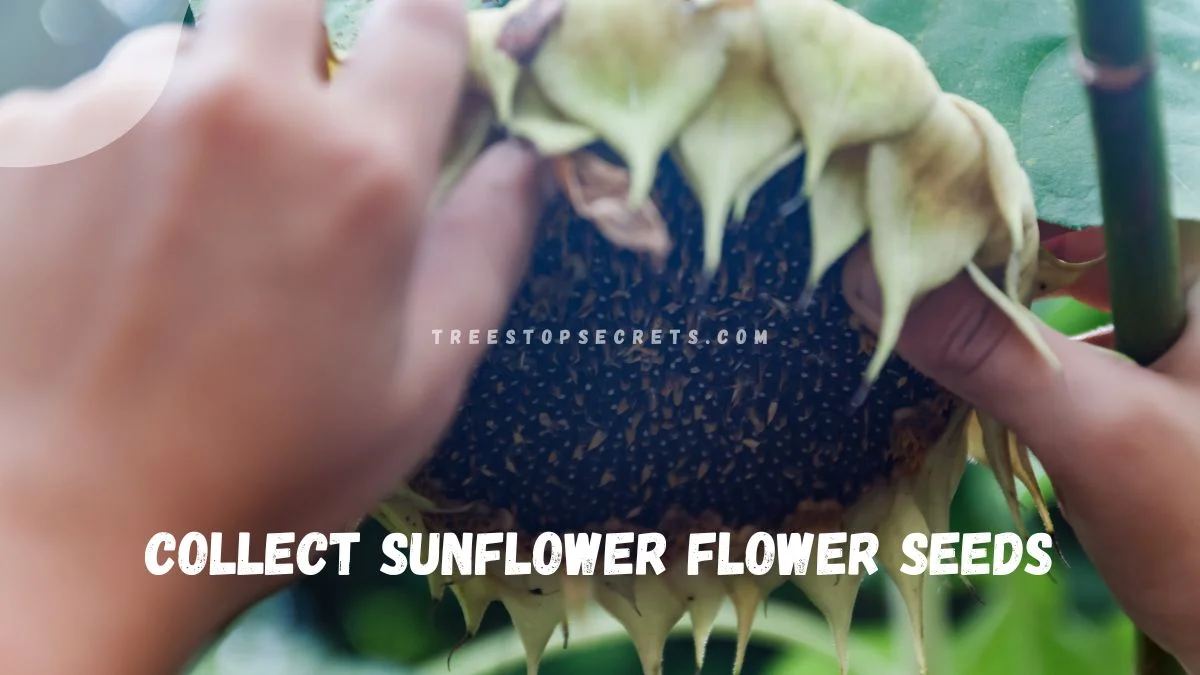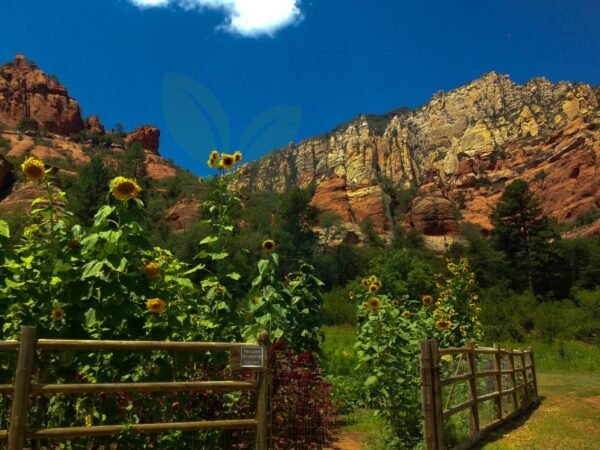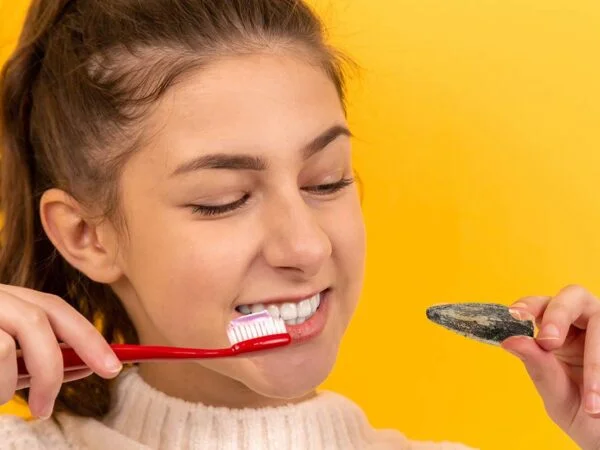Did you know that a single sunflower can produce up to 2,000 seeds? Learning how to collect sunflower seeds can be both rewarding and practical. Whether you want to save seeds for planting or enjoy them as a nutritious snack, the process is simple and enjoyable.
By understanding the best time to harvest sunflower seeds, how to dry and store them properly, the various methods for extraction, and oil, you can make the most of your sunflower harvest. In this guide, we will explore the step-by-step process of collecting sunflower seeds, ensuring you can enjoy the fruits of your labor all year round.
Key Takeaways
- Understand the process of harvesting sunflower seeds to ensure optimal collection.
- Collect sunflower seeds based on your intended use, whether for planting, eating, or other purposes.
- Remove sunflower seeds carefully to preserve their quality and viability.
- Dry sunflower seeds properly before replanting to prevent mold and spoilage.
- Prepare sunflower seeds for consumption by roasting or seasoning them according to preference.
- Explore recipes that incorporate sunflower seeds for added taste and nutrition.
Understanding Sunflower Seed Harvesting
Best Timing for Harvest
Harvest sunflower seeds when the back of the flower turns yellow or brown. The ideal time for harvesting sunflower seeds typically falls in late summer or early fall. Check the back of the sunflower head to determine its maturity level accurately.
Recognizing Ripeness
To recognize ripe sunflower seeds, observe a brown or yellow color on the back of the sunflower head. Ripe seeds are plump and can be easily removed from the head. Another indicator of ripeness is when the petals begin to dry out and fall off.
Harvest Process Overview
Collect sunflower seeds by gently rubbing the sunflower head over a bucket. Ensure to remove any remaining debris or petals from the collected seeds. After collection, rinse the seeds in a colander to eliminate impurities before proceeding with the drying process.
Collecting Seeds for Various Uses
For Planting
When collecting seeds for planting, opt for healthy, fully mature sunflower seeds. Plant them in well-draining soil and full sunlight for optimal growth. Remember to water the seeds regularly until they germinate and establish themselves in the soil.
For Roasting
To prepare sunflower seeds for roasting, preheat the oven to 325 degrees Fahrenheit. Toss the seeds with oil and seasonings before spreading them on a baking sheet. Roast the sunflower seeds for 25-30 minutes until they turn golden brown and become crispy.
For Bird Feeding
When using sunflower seeds for bird feeding, consider mixing them with other bird-friendly ingredients like millet and dried fruit. You can offer these seeds in bird feeders or scatter them on the ground. By providing sunflower seeds, you can attract a diverse range of bird species to your garden.
Removing Sunflower Seeds
Techniques and Tools
To remove sunflower seeds from the head, use your hands or a fork for easy extraction. A colander is useful for rinsing and cleaning the seeds effectively. Consider using wooden crates or cardboard boxes lined with paper towels for drying sunflower seeds efficiently.
Cleaning and Preparing
After collecting the sunflower seeds, it's crucial to remove any remaining plant material from them. Rinse the seeds thoroughly to eliminate dirt and debris, ensuring they are clean. Dry the cleaned seeds before proceeding with further processing or storage.
Drying Seeds for Replanting
Drying Methods
When collecting sunflower seeds, the next step is drying them for future planting. To do this, start by spreading the rinsed seeds on paper towels in a single layer. Allow the seeds to air dry for several hours or even overnight. For a quicker and more controlled drying process, you can opt to use a dehydrator.
Storage Tips
Proper storage of dried sunflower seeds is crucial for maintaining their quality. After drying, ensure to store the seeds in airtight containers placed in a cool and dry environment. Label these containers with essential information such as the seed variety and the harvest date. Well-stored sunflower seeds can remain viable for planting for years without any degradation in quality.
Preparing Sunflower Seeds for Eating
Soaking
k sunflower seeds in a saltwater solution overnight to enhance flavor. Drain and rinse the soaked seeds before further processing. This process can also help remove any bitterness from the seeds.
Drying
Dry the soaked sunflower seeds on paper towels to remove excess moisture. Ensure that the seeds are completely dry before proceeding with baking or roasting. Thoroughly drying the seeds can prevent them from becoming moldy during storage.
Baking
Preheat the oven to 325 degrees Fahrenheit for baking sunflower seeds. Spread the dried seeds in a single layer on a baking sheet. Bake the seeds for 25-30 minutes until they are crunchy and golden brown.
Recipes with Sunflower Seeds
Roasted Seeds Recipe
Roasting sunflower seeds with salt, spices, or herbs enhances their flavor profile. Experiment with various seasoning blends to craft unique roasted seed recipes. Enjoy these roasted sunflower seeds as a delightful and nutritious snack.
Suet Cakes Recipe
Create suet cakes by blending sunflower seeds with beef fat, millet, and fruits. Refrigerate the suet cake mixture until it becomes firm before cutting it into portions. Homemade suet cakes containing sunflower seeds serve as a delightful treat for wild birds.
Fruit and Seed Suet
Blend sunflower seeds with dried fruits like cherries or raisins to create a nutritious suet mix. Incorporating honey or molasses can help bind the ingredients together in suet cakes. Fruit and seed suet cakes offer essential energy for birds, particularly during the winter season.
Using Sunflower Seeds Beyond Eating
In Gardening
Sunflower seeds, when used as a cover crop, improve soil health by preventing erosion and suppressing weeds. This natural method adds organic matter to the soil, enhancing its fertility over time. Planting sunflowers in your garden not only beautifies the landscape but also serves as a magnet for beneficial insects such as bees and butterflies. These pollinators play a crucial role in the ecosystem by aiding in plant reproduction. Sunflowers, known for their vibrant appearance, are remarkably easy to grow and maintain. Their tall stalks and large blooms bring a touch of elegance and variety to any garden setting.
As Animal Feed
Sunflower seeds serve as a valuable source of nutrition for livestock, including chickens and birds. Rich in protein and energy, these seeds can be incorporated into animal diets to enhance their overall health and productivity. When properly processed, sunflower seeds offer various benefits to animals, supporting their growth and well-being. By including sunflower seeds in animal feed, farmers can ensure that their livestock receive essential nutrients necessary for optimal development.
Tips for Growing Larger Seeds
Soil and Sunlight
Sunflowers require well-drained soil and ample sunlight to thrive. Opt for a sunny spot with 6-8 hours of direct sunlight daily. Enhance soil quality by adding compost to boost nutrient levels.
When planting sunflowers, ensure the soil is well-drained and receives plenty of direct sunlight. This will help the seeds grow into larger, healthier plants. Adding compost can enrich the soil, providing essential nutrients for optimal growth.
Watering and Care
To support healthy growth, water sunflowers consistently, especially during dry spells. Be cautious not to overwater them, as this can lead to root rot and fungal infections. Mulching around the plants aids in retaining moisture and keeping weeds at bay.
For sunflowers to develop into robust plants with large seeds, it's crucial to maintain a regular watering schedule. During dry periods, pay extra attention to watering the seed to ensure healthy growth. However, be mindful of overwatering, which can cause root issues and fungal diseases. Employ mulching techniques to retain soil moisture and prevent weed growth.
Summary
In harvesting sunflower seeds, you learned how to collect and process them for various purposes, from replanting to culinary delights. Removing and drying the seeds properly ensures their viability and taste, while exploring recipes and alternative uses broadens your sunflower seed experience. Tips for growing larger seeds have equipped you with valuable insights for future harvests. Now, armed with this knowledge, you can confidently embark on your sunflower seed adventures.
Take action now! Put your newfound skills into practice by harvesting sunflower seeds following the steps outlined. Whether you aim to grow a bountiful garden or create delicious dishes, the possibilities are endless. Share your experiences with others and continue exploring the versatile world of sunflower seeds. Your journey has just begun!
Frequently Asked Questions
How do you collect sunflower seeds?
To collect sunflower seeds, follow these steps:
- Wait for the flower head to dry on the plant.
- Cut the head off and hang it upside down in a well-ventilated area.
- Rub the seeds out or use your fingers to remove them.
Can sunflower seeds be used for purposes other than eating?
Yes, sunflower seeds have various uses, including:
- Planting for growing more sunflowers
- Feeding birds and wildlife
- Making oil or butter
- Using in crafts and DIY projects
What is the best way to prepare sunflower seeds for replanting?
To prepare sunflower seeds for replanting:
- Ensure the seeds are fully dried.
- Store them in a cool, dry place.
- Label and date the storage container.
- Keep away from moisture and pests.
Are there any specific tips for growing larger sunflower seeds?
To grow larger sunflower seeds:
- Choose a sunny spot with well-draining soil.
- Water consistently but avoid overwatering.
- Use organic fertilizer rich in phosphorus.
- Thin out weaker seedlings to allow space for growth.
What are some recipes that include sunflower seeds?
Sunflower seeds can be used in various recipes like:
- Salads and coleslaws
- Breads, muffins, and granola bars
- Pesto and sauces
- Energy balls and smoothies
Image Source: Paid image from CANVA





